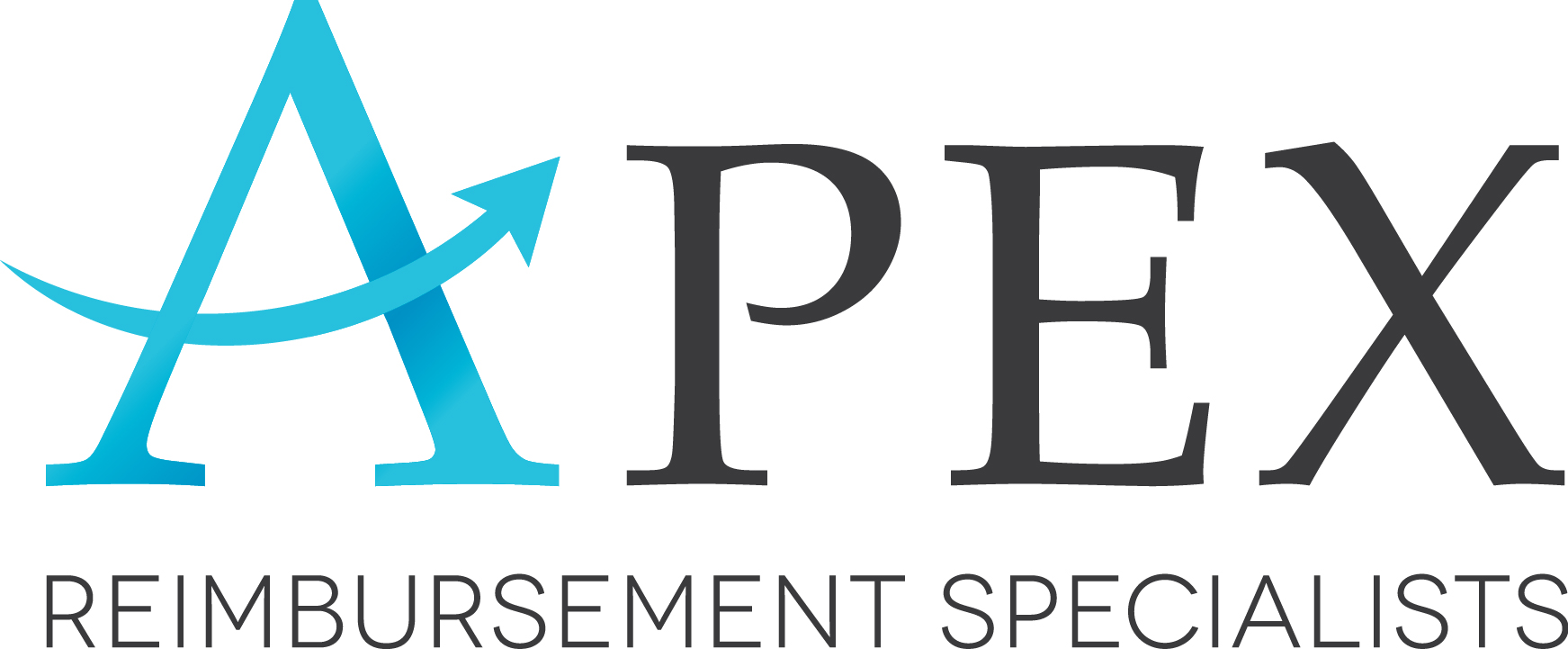You enjoy working at your dental practice and spending time helping the lives of patients in your community. However, is that what you will do for the rest of your life? Having a dental practice transition plan in place is essential to ensure that the process is seamless and the dentist who takes over your practice is set up for success. Do you have a dental practice transition plan in place at your office?
When Do You Need to Start Planning?
One 2010 survey from the American Dental Association (ADA) found that most dentists under 40 plan to retire when they are 61. However, when the ADA surveyed dentists who were over the age of 40, their estimated age of retirement was 67. A lot of this shift happens when dentists start to think critically about all of the things that need to happen before retirement. If you wait until too late to start your dental practice transition plan, it might mean prolonging the retirement process. In general, many experts suggest starting the process 10 years before you want to retire.
Why Does It Take So Long?
To complete your dental practice transition plan, you need to get everything at your practice in order and find the right successor for your situation. Not rushing the process gives you plenty of time to transition naturally, ensure all of your “ducks are in a row,” and thoroughly vet and audition the next practice owner. It also allows you to use your preferred method of dental practice transition. The three most common types of transitions include:
- A two-part transition: Part of the practice will be sold over a period of time, like 50% now and 50% upon your retirement.
- A “walkaway” sale: The next dentist will come into your practice, the transition will be completed and the current dentist will leave within a 12-month (typically) period.
- A combination transition: This can combine both of the above styles to match the financial situation of the buyer (if they want to put down 100% right away, for example) or the timeline that best serves your practice (if you want to be gone within 12 months).
What Else Do You Need to Consider?
Another serious consideration when transitioning is changing the Tax ID (TIN) and completing all necessary credentialing again. Whenever you start the credentialing process again with a new TIN, you also might need to renegotiate your reimbursement rates. Between receiving a new TIN, completing credentialing again from scratch and renegotiating your reimbursement rates, the transition process can become quite lengthy.
APEX Reimbursement Specialists Can Help With Your Dental Practice Transition Plan
Whether you’re unsure about when your practice will be ready for you to retire or preparing to leave within 12 months, APEX Reimbursement Specialists is here to help. Contact our team today by calling (410) 710-6005. We look forward to working with you to make your practice a more profitable place.

